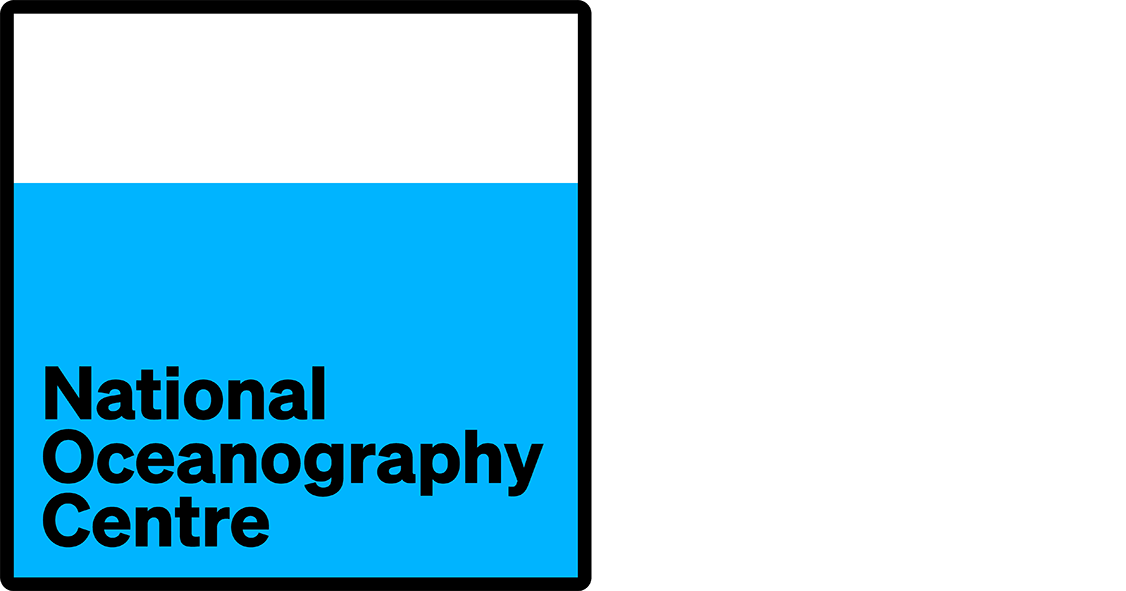- Resources
- Inventories
- EDMED
- Report
- 195
Plankton Reactivity in the Marine Environment (PRIME) project dataset (1971-1996)
Data set information
| Query EDMED |
| General | |
| Data holding centre | British Oceanographic Data Centre |
| Country | United Kingdom  |
| Time period | Historical data from OWS India 1971-1975 and field data from 1995-1996 |
| Ongoing | No |
| Geographical area | Norwegian fjords (mesocosm experiment)OWS India, NE Atlantic,NE Atlantic, 20 West, 37-60 North |
| Observations | |
| Parameters | Ammonium and ammonia concentration parameters in water bodies; Transmittance and attenuance of the water column; Bacteria generic abundance in water bodies; Air pressure; Air temperature; Cloud cover height and extent; Particulate total and organic carbon concentrations in the water column; Precipitation and evaporation; Chlorophyll pigment concentrations in water bodies; Dissolved oxygen parameters in the water column; Wind strength and direction; Lagrangian currents and transport rates in the water column; Dissolved metal concentrations in the water column; Microzooplankton non taxonomy-related biomass expressed as carbon per unit volume of the water column; Microzooplankton generic abundance in water bodies; Particulate total and organic nitrogen concentrations in the water column; Nitrate concentration parameters in the water column; Phytoplankton taxonomic abundance in water bodies; Phosphate concentration parameters in the water column; Primary production in the water column; Salinity of the water column; Molecular biology parameters; Stable isotopes in water bodies; Zooplankton taxonomy-related abundance per unit volume of the water column; Zooplankton non taxonomy-related abundance per unit volume of the water column; Zooplankton biovolume; Phaeopigment concentrations in the water column; Nitrite concentration parameters in the water column; Concentration of inorganic sulphur species in the water column; Solar Radiation; Visible waveband radiance and irradiance measurements in the atmosphere; Visible waveband radiance and irradiance measurements in the water column; Phytoplankton generic biomass in water bodies; Silicate concentration parameters in the water column; Bathymetry and Elevation; Water body lipid concentrations; Temperature of the water column; Oxygen production and respiration in the water column |
| Instruments | Anemometers; meteorological packages; fluorometers; satellite tracking system; radiometers; thermosalinographs; single-beam echosounders; plankton nets; particulates samplers; observers; autoanalysers; mass spectrometers; bench particle sizers; CTD undulators; transmissometers; CTD; dissolved gas sensors; plankton categorisers and counters |
| Description | |
| Summary | The dataset comprises a diverse set of physical, chemical and biological data including: bacteria, carbon, chlorophyll, dissolved gases, light levels, nutrients, phytoplankton, productivity, respiration, salinity, temperature, trace elements and zooplankton. Measurements were gathered from the North Atlantic and Norwegian fjord waters between 1971 and 1998. The data arise from three sources: biological and hydrographic data collected between 1971 and 1975 at Ocean Weather Ship (OWS) India in the North Atlantic; conductivity-temperature-depth (CTD) casts, water samples, net samples and meteorological data from the four week Bergen Mesocosm experiment at Espegrend Marine Biological Field Station (Norway) in 1995; and the six week RRS Discovery cruise 221 to the North East Atlantic in 1996, where physical, chemical and biological data were collected. The data were collected using a variety of methods including: more than 500 CTD and SeaSoar profiles; nearly 1000 water bottle samples; over 600 net hauls; over 450 Secchi disk deployments; nearly 4000 multisizer samples; 23 production experiments; four drifting buoy tracks and 40 days of weather observations. The PRIME programme aimed to lay the basis for mathematical models to describe the role of plankton in biogeochemical fluxes within the oceans which have implications for climate regulation. The project was hosted by the School of Ocean Sciences, University of Wales, Bangor. Data management was undertaken by the British Oceanographic Data Centre and over 95% of the data collected are now assembled on a CD-ROM. The data are accompanied by an extensive users' guide (covering sampling protocol documentation), the structures used to store the data, and the data interrogation tools. |
| Originators | Fisheries Research Services, Aberdeen Marine Laboratory Napier University School of Life Sciences Plymouth Marine Laboratory Queen's University Marine Laboratory Sir Alister Hardy Foundation for Ocean Science Southampton Oceanography Centre University of Bergen University of East Anglia, School of Environmental Sciences University of Exeter, Biosciences Department University of Glamorgan University of Liverpool, Department of Earth Sciences University of Stirling, School of Biological and Environmental Sciences University of Wales Swansea, Natural Sciences University of Wales, School of Ocean Sciences University of Warwick, Department of Biological Sciences |
| Data web site | https://www.bodc.ac.uk/resources/products/data/bodc_products/prime/ |
| Availability | |
| Organisation | British Oceanographic Data Centre |
| Availability | Licence |
| Contact | Polly Hadžiabdić (Head of the BODC Requests Team) |
| Address | British Oceanographic Data Centre |
| Telephone | +44 (0)782 512 0946 |
| enquiries@bodc.ac.uk | |
| Administration | |
| Collating centre | British Oceanographic Data Centre |
| Local identifier | 1048080 |
| Global identifier | 195 |
| Last revised | 2017-02-01 |

